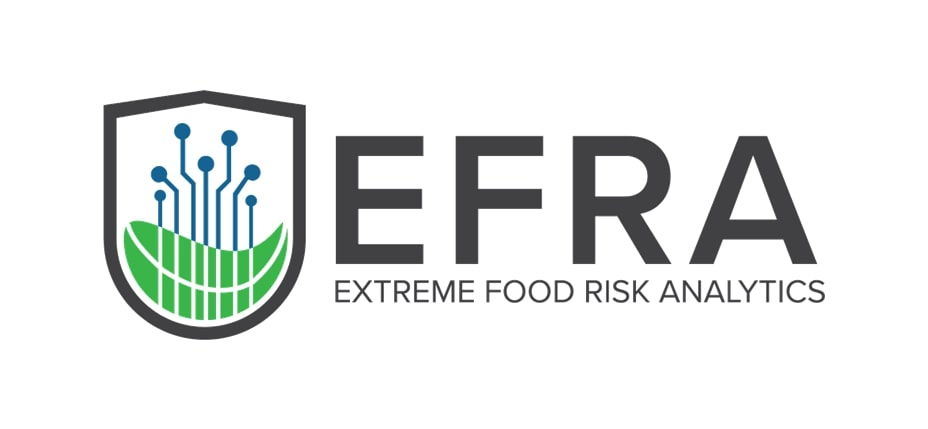
PFAS: an overview of the chemical hazards and their impact on public health
Per- and polyfluoroalkyl substances (PFAS) represent a group of synthetic chemicals ubiquitous in industrial and consumer products, ranging from firefighting foam to non-stick cookware and food packaging. The persistent and bioaccumulative nature of PFAS raises concerns regarding their environmental and health impact, necessitating a comprehensive examination of their occurrence, potential sources, and associated risks.
Persistence and Bioaccumulation
PFAS, known for their resistance to degradation, exhibit a persistent presence in the environment. This persistence, coupled with their bioaccumulative nature, leads to their accumulation in the food chain. The prolonged existence of PFAS in soil, water, and air contributes to widespread environmental contamination. The bioaccumulative trait raises concerns about potential health risks for both humans and wildlife, including reproductive issues, developmental problems, and an increased risk of certain cancers.
Analytical Techniques and Challenges
Analyzing PFAS in food products and the environment involves various techniques, from conventional methods like LC-MS/MS to emerging low-cost methods. While conventional methods offer sensitivity, they are often expensive. In contrast, low-cost methods, while affordable, may lack the required sensitivity. The development of low-cost sensors emerges as a potential game-changer in PFAS analysis, aiding in sample prioritization for further investigation.
PFAS and Climate Change
The environmental impact of PFAS extends beyond contamination. Their association with bioaccumulation, disruption of carbon cycling, and release of greenhouse gases raises concerns about their role in climate change. As the world grapples with climate-related challenges, it becomes crucial to consider the broader implications of PFAS contamination. Aquatic ecosystems are particularly vulnerable to both PFAS contamination and climate change stressors. Changes in water temperature, precipitation patterns, and extreme weather events associated with climate change can exacerbate the impacts of PFAS on these ecosystems.
Holistic Approach Needed
In the face of climate-related stressors, addressing PFAS contamination requires a holistic approach. Understanding how PFAS distribution intersects with climate change and impacts public health and ecosystems is essential. Continuous monitoring, research, and regulatory efforts are necessary to minimize human exposure and mitigate potential health and environmental impacts. Incorporating data-sharing practices not only facilitates the collection of comprehensive datasets but also supports the development of AI models. PFAS contamination involves many data types, including analytical results, geographical information, and temporal trends. Data sharing fosters interdisciplinary collaboration, allowing experts from diverse fields to integrate their findings. This collaborative approach can transform raw data into actionable insights, supporting informed decision-making and contributing to a more resilient and sustainable approach in addressing PFAS contamination challenges.
 Funding for this research has been provided by the European Union’s Horizon Europe research and innovation programme EFRA (Grant Agreement Number 101093026). Funded by the European Union. Views and opinions expressed are however those of the author(s) only and do not necessarily reflect those of the European Union or European Commission-EU. Neither the European Union nor the granting authority can be held responsible for them.
Funding for this research has been provided by the European Union’s Horizon Europe research and innovation programme EFRA (Grant Agreement Number 101093026). Funded by the European Union. Views and opinions expressed are however those of the author(s) only and do not necessarily reflect those of the European Union or European Commission-EU. Neither the European Union nor the granting authority can be held responsible for them.
Want to receive helpful food safety intelligence in your inbox?








